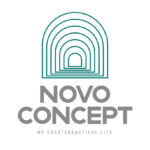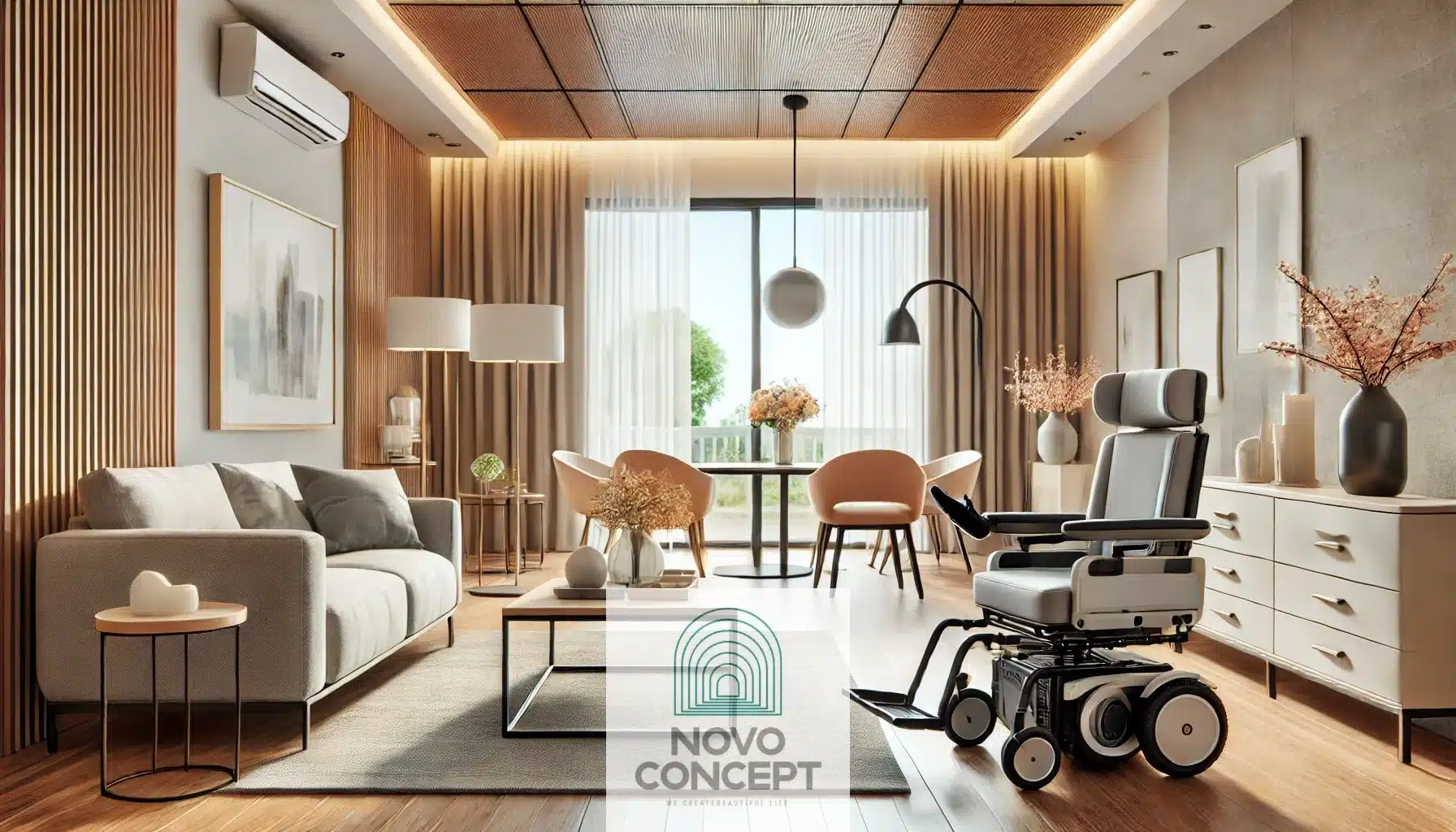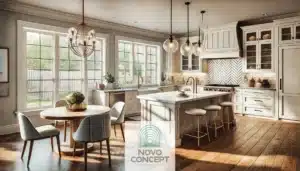Your home is more than just a shelter—it’s the foundation of your daily comfort, security, and happiness. As we progress through different stages of life, our homes must adapt to meet our evolving needs. Universal Design is the ultimate solution for creating spaces that grow with us, ensuring safety, accessibility, and style for everyone.
What is Universal Design?
Universal Design is a forward-thinking approach to building or remodeling homes to suit individuals of all ages, sizes, and abilities. It emphasizes inclusivity and functionality, ensuring spaces are user-friendly for everyone—whether you’re a child, adult, or senior.
Why is it Important?
- Aging Population Trends: With people delaying retirement and choosing to age in place rather than relocate, Universal Design has become increasingly essential.
- Avoiding Displacement: For many, moving out of a familiar neighborhood or cherished home isn’t appealing, making remodeling a practical choice.
By integrating Universal Design principles into your home, you can enjoy a safer, more comfortable environment that adapts to your needs as they change.
Should You Remodel or Relocate?
When faced with the decision to age in place or move to a more accommodating residence, the choice can be challenging. Here’s how to decide:
- Assess Your Home’s Current Condition:
- Are there small, daily inconveniences you notice?
- Does your home allow for mobility and ease of use, or are there areas that pose challenges?
- Consider the Emotional Connection:
- Long-standing relationships with neighbors and favorite local spots can make moving undesirable.
- Weigh the Financial and Emotional Costs:
- Remodeling can be a cost-effective alternative to relocating.
- Universal Design upgrades allow you to retain your home’s sentimental value while enhancing functionality.
Pro Tip: Identify areas of improvement—like narrow hallways, outdated bathrooms, or poorly lit spaces—and explore how Universal Design can transform these into assets.
Working with a Certified Aging-In-Place Specialist (CAPS)
To make the most of Universal Design, it’s essential to consult with experts. Certified Aging-In-Place Specialists (CAPS) are trained professionals who understand the unique needs of aging homeowners.
Key Benefits of CAPS Consultation:
- Tailored solutions for your home.
- Expert advice on durable, stylish, and functional materials.
- Insights into cost-effective upgrades.
When designing with Universal Design principles, every element should be intentional. From the placement of light switches to the type of flooring, each detail can enhance safety and convenience.
Universal Design Features: Small to Big Changes
this type of design doesn’t have to mean a complete home overhaul. Here are examples of small and large accommodations that can make a big difference:
Small Upgrades:
- Enhanced Lighting: Install motion-sensor lights in dark hallways or closets for better visibility.
- Bathroom Safety Features: Add grab bars, anti-slip flooring, and foldable seating in showers.
- Lever-Style Handles: Replace traditional door knobs with lever handles for easier grip.
Larger Renovations:
- Widen Doorways and Hallways: Accommodate wheelchairs or walkers with wider spaces.
- Step-Free Entryways: Create ramps or zero-step entrances for seamless mobility.
- Kitchen Accessibility: Lower countertops, install pull-out shelves, and use appliances with easy-to-read displays.
These changes not only improve your quality of life but also make your home welcoming for all visitors, regardless of their abilities.
The Balance of Functionality and Style
One common misconception about Universal Design is that it sacrifices aesthetics for functionality. In reality, modern Universal Design focuses on blending both seamlessly.
Design Tips for an Adaptable Yet Stylish Home:
- Choose Durable, Attractive Materials: Opt for flooring and surfaces that are both easy to maintain and visually appealing.
- Contrast Colors for Safety: Use contrasting colors to define edges, steps, and pathways, enhancing visibility.
- Open Floor Plans: Create a spacious, airy feel while improving accessibility.
A well-designed Universal Design home feels modern, intuitive, and beautiful—never clinical or impersonal.
Benefits of Planning Ahead
Preparing your home for future needs may feel daunting, but the benefits are immense:
- Increased Independence: Live confidently without relying on others for daily tasks.
- Improved Safety: Reduce the risk of falls and other accidents.
- Enhanced Home Value: Universal Design features can make your property more appealing to a broader audience.
Did You Know?
Homes with Universal Design elements often sell faster and at higher prices because of their versatility and appeal to all demographics.
Steps to Implement Universal Design
To start incorporating Universal Design into your home, follow these steps:
- Evaluate Your Needs: Conduct a thorough assessment of your home’s strengths and weaknesses.
- Set a Budget: Determine how much you’re willing to invest in small upgrades versus major renovations.
- Consult Professionals: Work with CAPS or interior designers specializing.
- Prioritize Changes: Start with the most impactful areas, like bathrooms and entryways.
Conclusion: A Home for Life
Your home should be a place of comfort and joy, evolving with you as your needs change. Universal Design ensures that your living space remains functional, stylish, and accommodating, no matter what stage of life you’re in.
Investing in these principles today means securing a future where your home is truly your haven—safe, welcoming, and built for everyone. If you want to start this journey just call us at Novo Concept.






